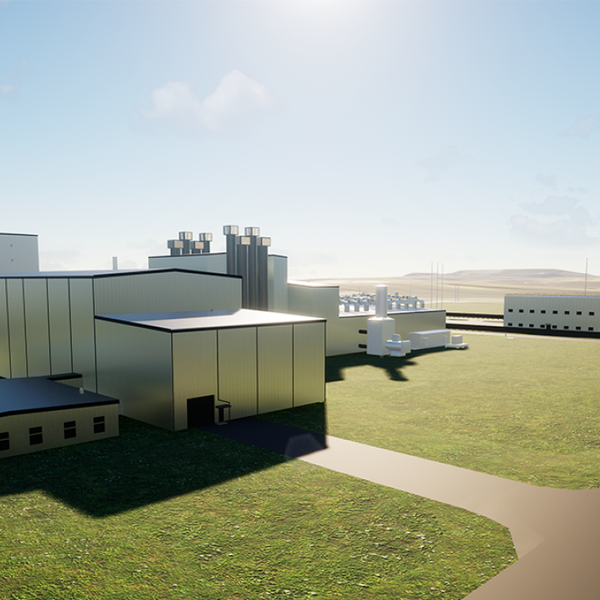A fourth leak has been detected at Japan's Fukushima Daiichi nuclear power plant, its operator TEPCO announced Thursday, and is the latest in a string of failures at the disaster-stricken facility still struggling with the aftermath of the meltdowns following the 2011 massive earthquake and tsunami.
The announcement of the new leak comes just two days after TEPCO said the third of seven underground radioactive water pools were leaking, and also follows two failures of the plant's cooling system in a month.
"This time about 22 liters of radioactive water has leaked from a junction of the piping. The liquid has seeped into the soil," Kyodo news reports TEPCO as saying.
On Wednesday, Nuclear Regulation Authority Chairman Shunichi Tanaka acknowledged that "Fukushima No. 1 is still in an extremely unstable condition. There is no mistake about that." Foreshadowing the new leak announcement, Tanaka added, "We cannot rule out the possibility that similar problems might occur again."
And Masayuki Ono, TEPCO general manager, had told a news conference, "We admit that the underground tanks are not reliable," and said "our faith in the underwater tanks is being lost."
On the integrity of the existing storage tanks, the New York Times reported:
... as outside experts have discovered with horror, the company had lined the pits for the underground pools with only two layers of plastic each 1.5 millimeters thick, and a third, clay-based layer just 6.5 millimeters thick. And because the pools require many sheets hemmed together, leaks could be springing at the seams, Tepco has said.
On Wednesday, TEPCO President Naomi Hirose told a news conference that the underwater storage tanks would no longer be used, and that TEPCO would be moving 7,100 tons of the radioactive water to surface storage tanks, and would build 38 new steel tanks for the rest of the radioactive water, The Asahi Shimbun reported.
The decommissioning of the Fukushima plant is expected to take at least four decades.
Nearly 160,000 people fled the area following the nuclear disaster, with some areas now looking like ghost towns. Tens of thousands are still displaced, and the human health and ecological effects remain to fully unfold.
__________________________


